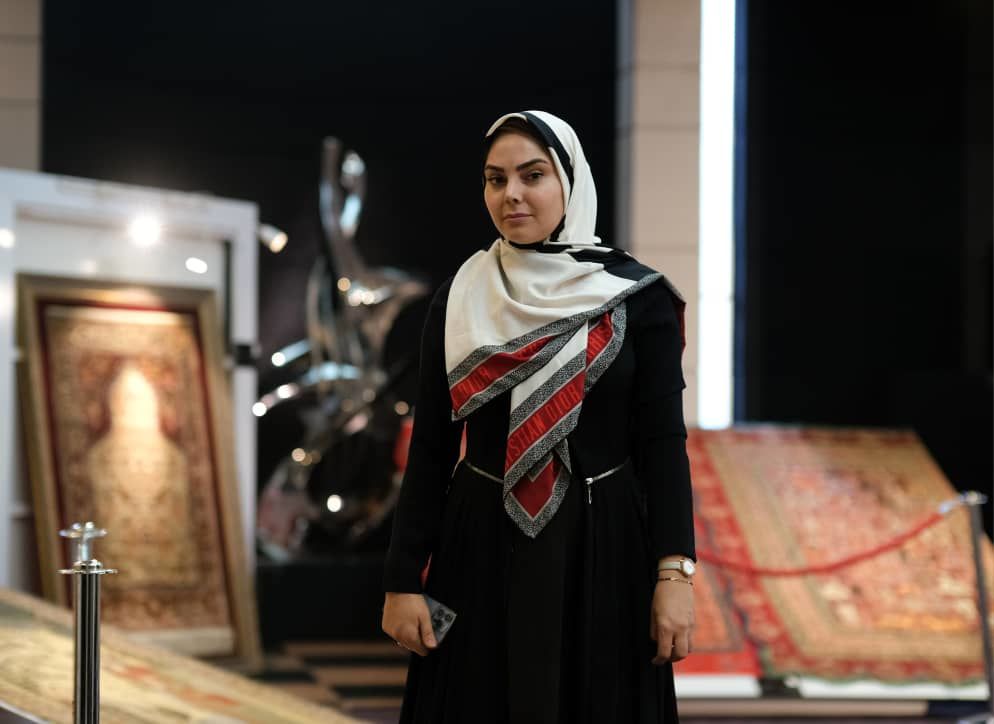Zahra Mahmoudvand
Zahra Mahmoudvand Criticizes the Low Prices of Middle Eastern Female Artists' Works

Director of the National Auction, Zahra Mahmoudvand : The Middle Eastern Female Artists Market Is Not Deserving.
IranArt : Zahra Mahmoudvand, Director of National Auction, which was established in Tehran in 2012, stated that the number of female artists in the Middle East is growing by the day.
“The female voice is now heard more loudly than ever before, and there are more female artists than the men at many events”, said Mahmoudvand.
However, the art market—from gallery sales to auctions and records—is not reacting favorably to this significant resurgence in the area as it ought to, the art director underlined.
“Even this disparity is substantial: the market for men's art is far larger than that for women artists' works. Similarly, it is evident that men's art is favored when we look at the main works of art in the Middle East”, she added.

According to Mahmoudvand, this patriarchal tendency in art is unprecedented and has a global reach. However, for years, the art world has been quickly correcting false assertions in this area; the regional art market has not seen this change as much. The majority of Middle Eastern urban art galleries, including those in Dubai, Tehran, and Doha, are run by women. However, they have not yet been able to change the tide.
Of course, according to Zahra Mahmoudvand, a woman holds the second record for the sale of an artwork in the Middle East: Fahrelnissa Zeid, a female Jordanian-Turkish artist, whose artwork sold for $2.7 million at a Christie's auction in 2013 in Dubai's Jumeirah Emirates Towers, falling only $100,000 short of the first record.

Putting aside this record, however, the number of Middle Eastern women artists among the major players in the art market is too small to count. Only Monir Farmanfarmaian (Iran), Huguette Caland (Lebanon), and two or three other names remain, including Saudi artist Maha Malluh.
“The inventiveness and brilliance of Middle Eastern women artists are in no way commensurate with the situation of the art market today,” Zahra Mahmoudvand continued.

She ended by expressing optimism: “As 2025 approaches, opening doors to women's artwork with enthusiasm and intelligence and responding appropriately to this significant artistic shift may be the best starting point for the dozens and hundreds of new platforms, galleries, and museums that are opening throughout the Middle East, from Saudi Arabia to the Emirates, Qatar, Oman, and Iran.”

